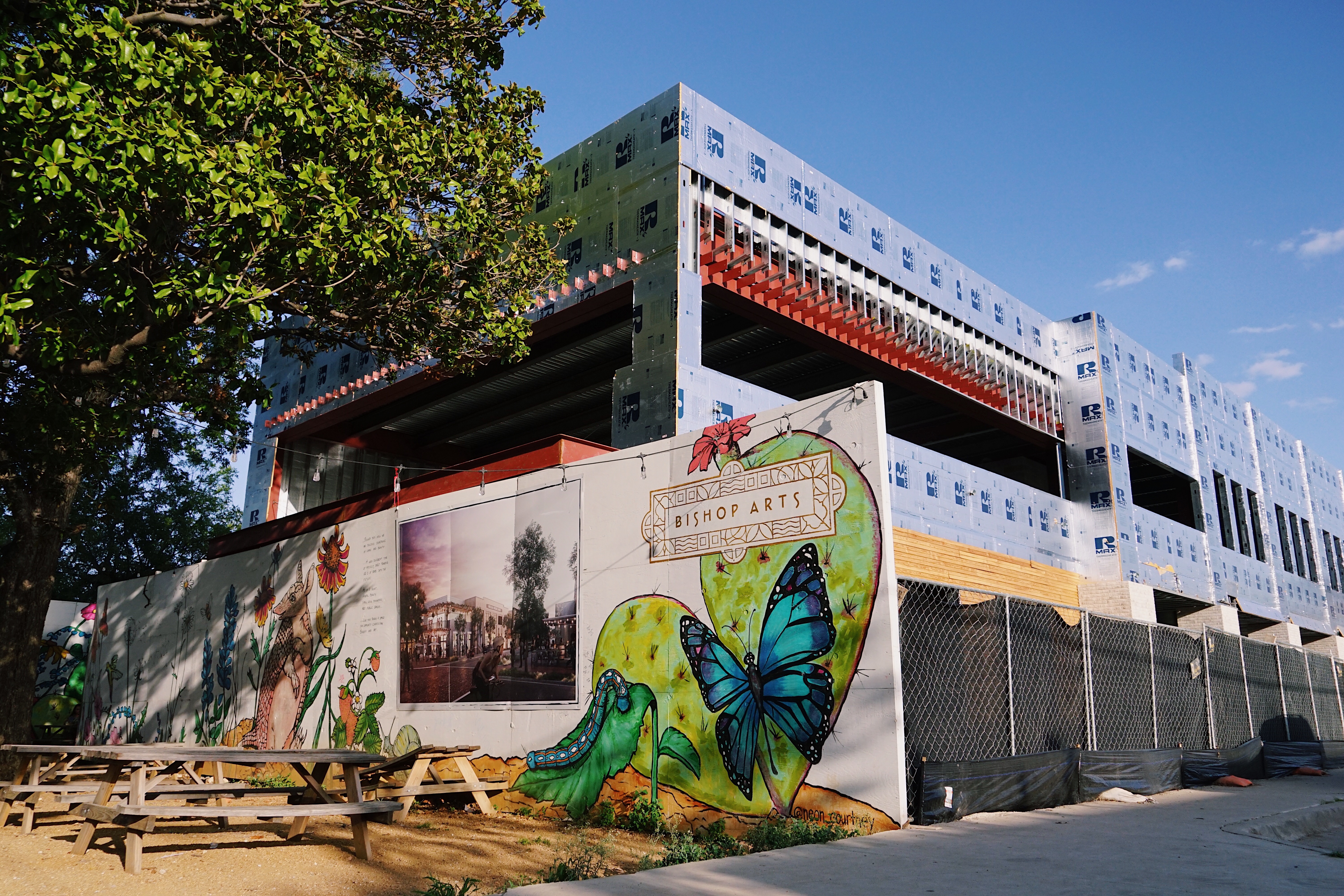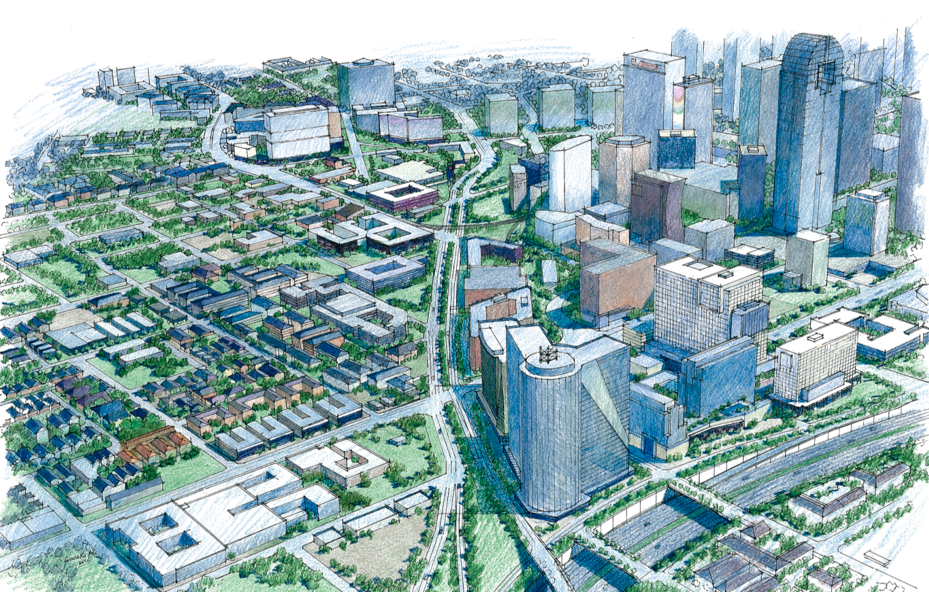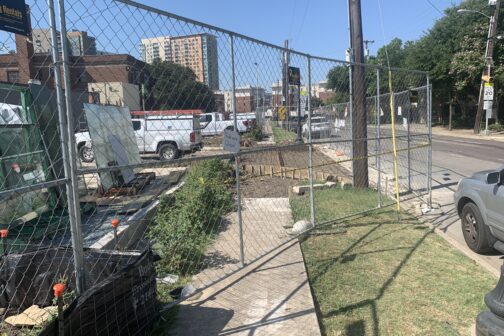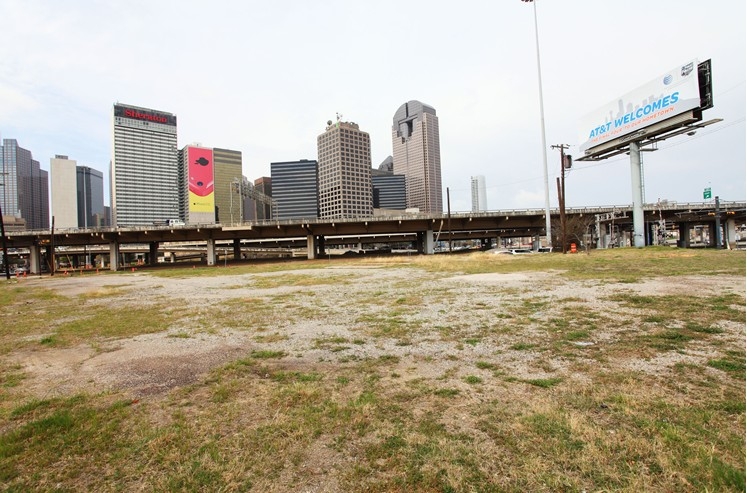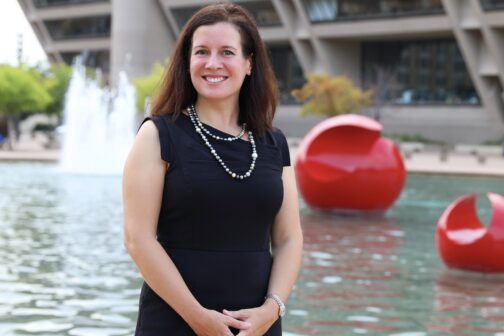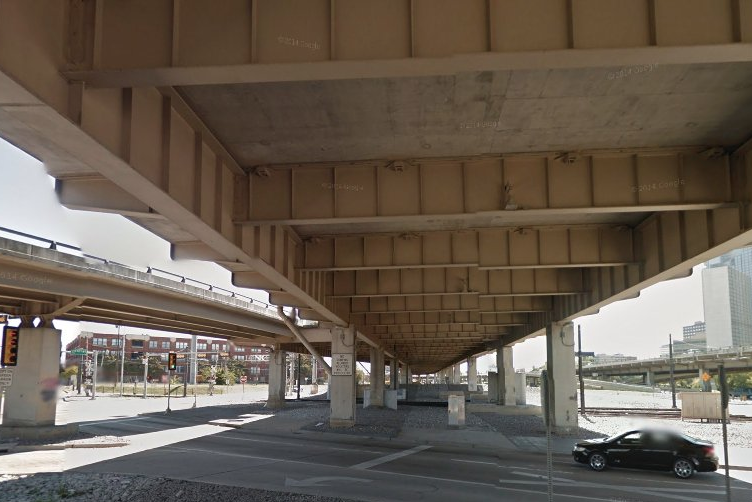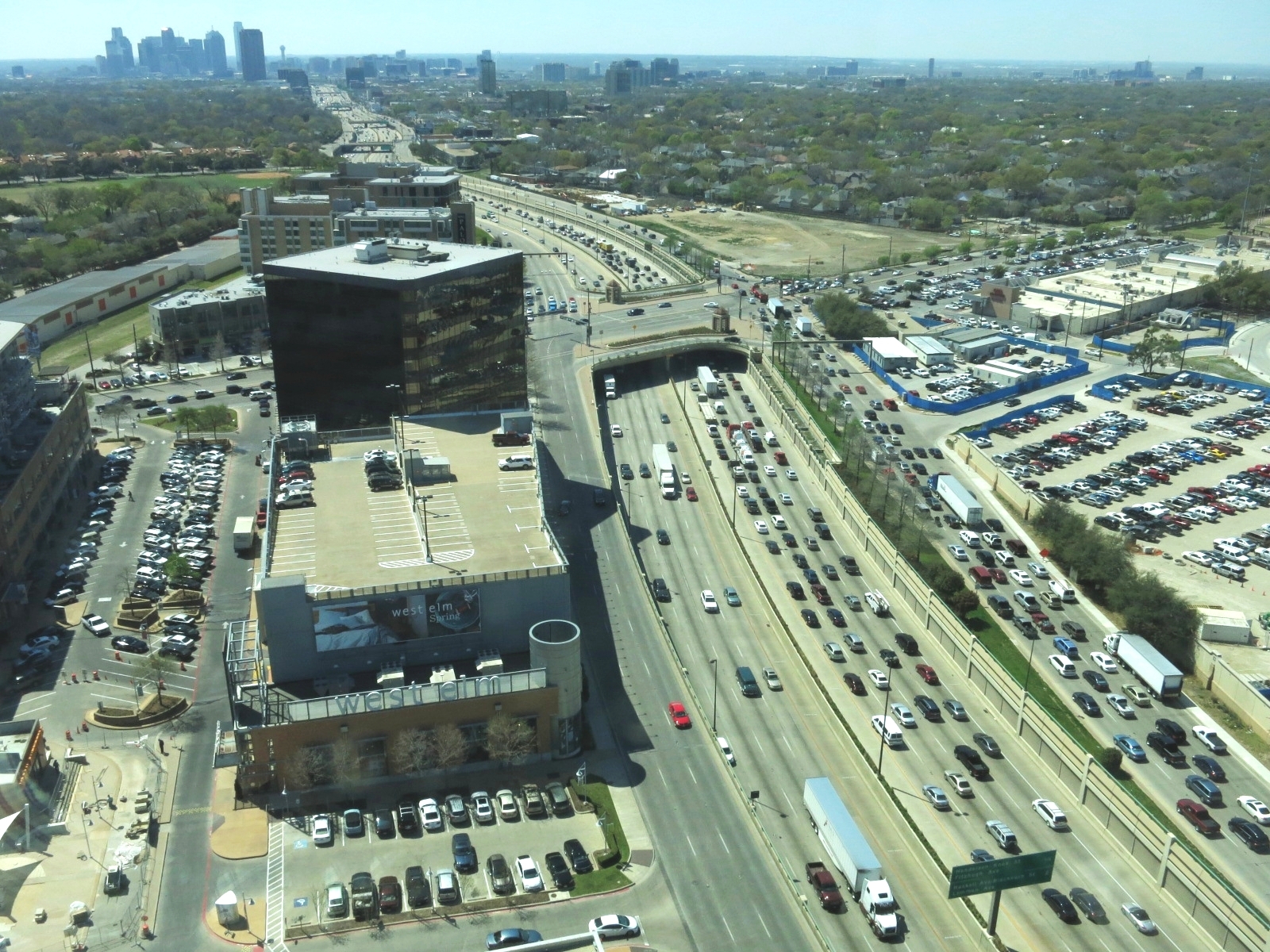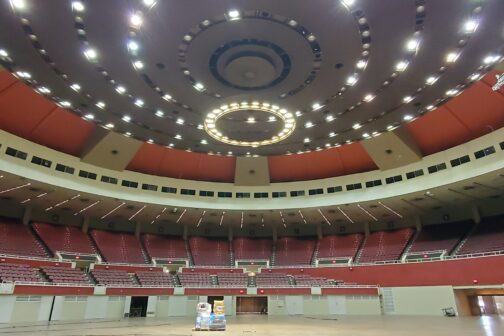The city of Dallas is currently rewriting its land use plan, which, in its simplest terms, governs what can be built and where.
A few months ago, I began looking at what had changed since 2006, when the city first adopted what it called ForwardDallas. How were other cities similar in size to Dallas handling development? How were they addressing historic inequities in their land use policies and zoning, like where industry is allowed to operate and which neighborhoods can densify?
I came across a piece in The Atlantic with a curious title: “Cancel Zoning.”
The author, M. Nolan Gray, makes the argument that zoning exacerbates inequality, housing affordability issues, sprawl, and segregation. In some cities, almost 90 percent of its housing is zoned single-family. Zoning in Dallas is a curious patchwork. According to an analysis by the nonprofit Child Poverty Action Lab, about 48 percent of the city is zoned for single-family homes with detached garages.
Another 17 percent—about 65 square miles—are made up of what’s known as planned development districts. That’s when a developer wants to do something that the code doesn’t allow, so they request a zoning change that carves out a certain area from its surroundings. That could mean using fewer parking spots outside a retail store, adding a patio to a restaurant, or modifying height requirements to try and build something higher than what is allowed by-right.
Gray would like American urban planners to look to Houston, a city that has largely eschewed zoning in favor of addressing specific behaviors and nuisances. It allows neighborhoods to sort of opt-in to zoning through deed restrictions.
“Houston builds housing at 14 times the rate of peers like San Jose. And it isn’t just sprawl: In 2019, Houston built roughly the same number of apartments as Los Angeles, despite being half its size,” Gray writes. “Since reforms to minimum-lot-size rules were put in place in 1998, more than 25,000 townhouses have been built, overwhelmingly in existing urban areas.”
Land is increasingly expensive, and it’s putting home ownership (and even renting) out of reach for a lot of people. Density allows builders to take the same plot of land and build up, creating more places for people to live.
Pushes to get rid of zoning aren’t just happening on the local level. In 2019, four federal bills were authored that would have tied federal funding for other projects to zoning reform.
But I was even more curious about Gray’s thoughts after reading his book, Arbitrary Lines: How Zoning Broke the American City and How to Fix It. I spoke with him last month at length about everything from zoning and environmental concerns like Shingle Mountain, to what zoning was originally used for.
Part of our conversation follows. It has been edited for length and clarity.



